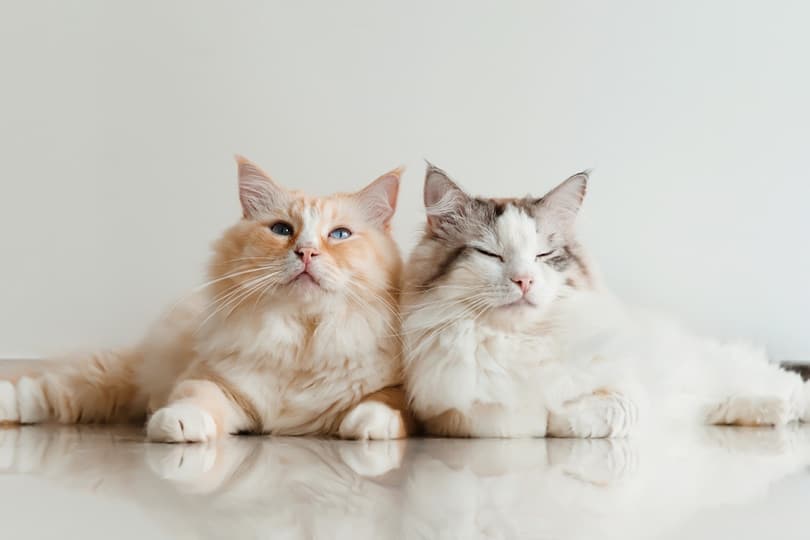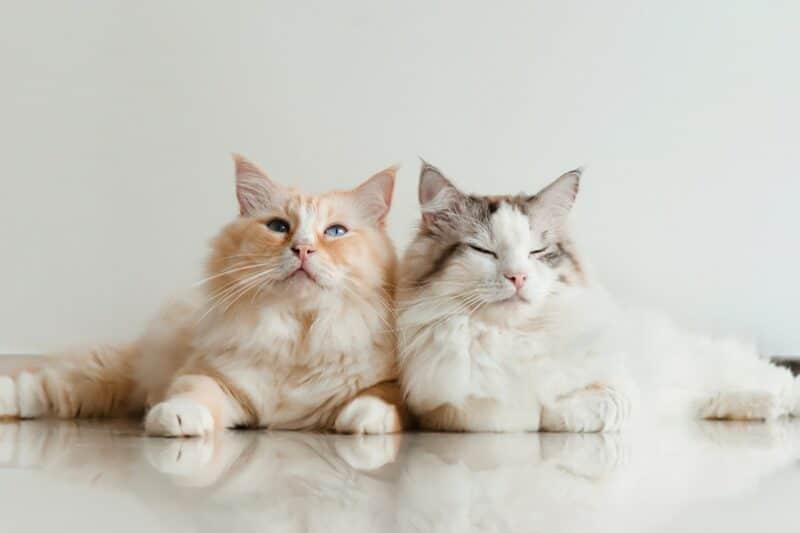There are many different types of cat fur types: long, short, dark, multi-colored, and even hairless. If you are looking for a new kitten or cat to join your family, there are almost too many options to choose from. The only thing they all have in common is cuteness in abundance.
To help you recognize the difference in cat fur and to give you a better grasp of the pros and cons, we have outlined every type of cat fur available. So, hold on to your whiskers and get ready to learn!
The 4 Layers of Cat Furs
All cats have at least four types of hair or fur. The different layers play different roles depending on the breed of cat and the type of coat you are dealing with. Below, we will take a closer look at the different layers you will find:
1. Guard Fur
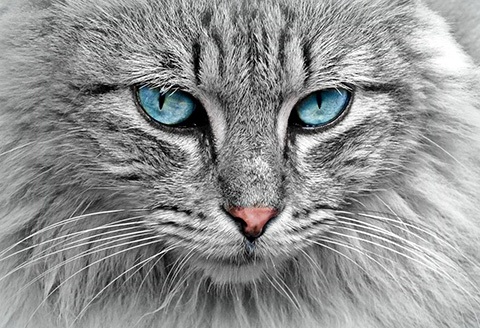
Guard fur is the outermost layer of fur. It is what you see on the surface; however, interestingly enough, it does not display the cat’s coloring. In most cases, the outer guard fur is the longest layer, plus it is slightly more coarse than the rest of the fur. It is meant to protect the cat from the cold. The guard will also keep water from soaking the cat right away.
2. Down Fur
Down fur is the layer that acts like the cat’s insulation. Usually, the thickness of the down layer is determined by the feline’s breed and their environment. In colder climates, cats will have a thicker layer. This fur is very thick and soft and will stand up slightly when your kitty gets cold. It allows warm air to go under the down and next to their skin. What’s more, this is the fur your tabby sheds in the summer.
3. Awn Fur
This layer of fur is the glue between the down and guard hair. It creates one coat instead of two layers. Typically, the awn fur is longer and thinner than the down but shorter and thicker than the guard. Also, this is where your cat’s coloring and pattern are displayed, and it is the layer of fur that makes it visible.
4. Whiskers
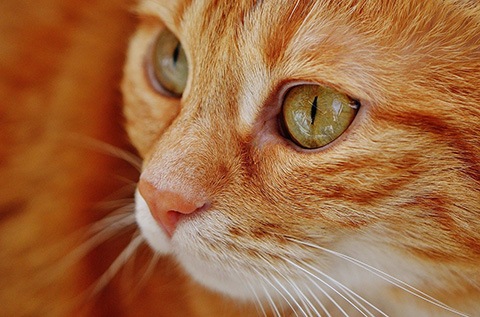
Whiskers are a part of your cat’s fur or hair as they grow from a hair follicle. Though a feline coat and whiskers are equally important, they serve very different functions. A tabby’s whiskers are attached to nerve endings that allow them to take in their surroundings. For example, a cat will use these facial hairs to determine whether they can fit through a small space or not. The same goes for their eyebrow whiskers. An important note about this layer, however, is they should never be cut. It can disorientate your furry friend.
The 4 Cat Fur Types
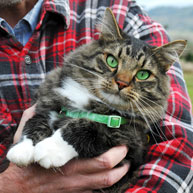
Now that we know the different layers, we can look at the different fur types, as there are several different types of cat hair in this category, as well as the different cat colors you can get.
1. Long-Haired Cats
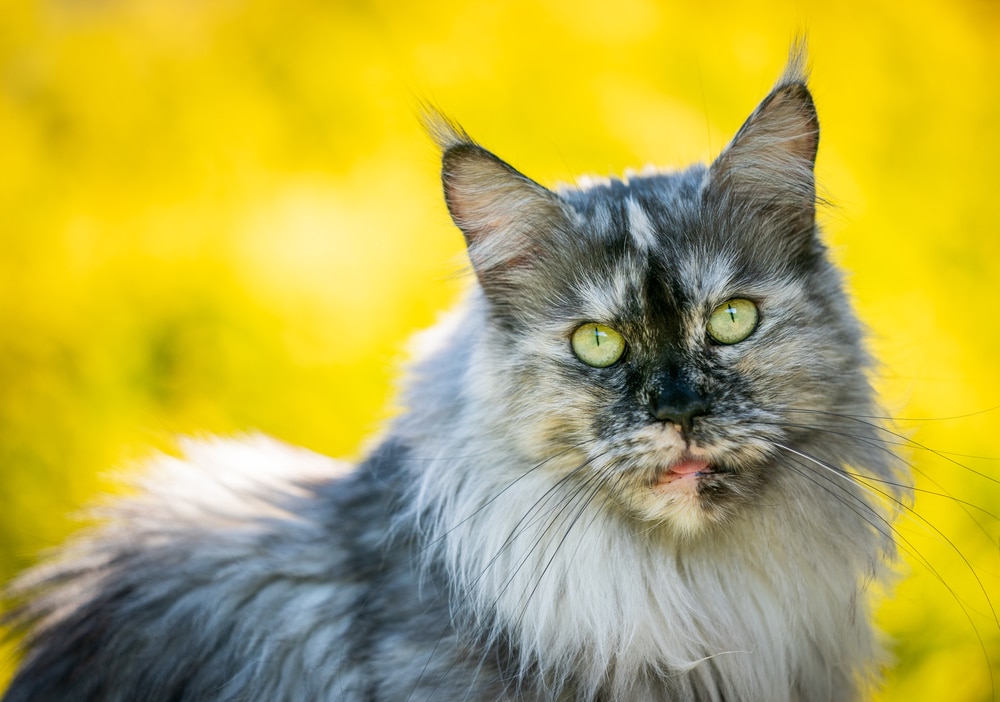
Long fur will grow anywhere between 1.5 and 5 inches, depending on the breed. The colors and patterns can vary widely, and this feline will need to be groomed often to keep the fur from matting. Your long-haired tabby also sheds more and coughs up more hairballs. A popular breed in this fur category is the Maine Coon cat.
2. Crimped Fur
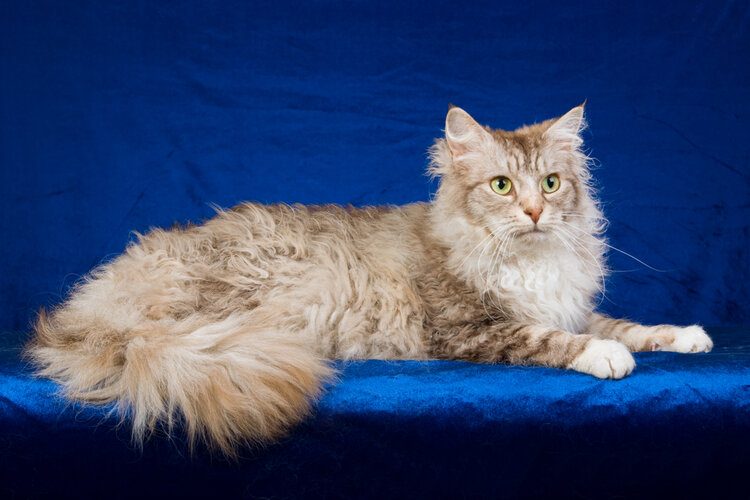
Crimped or curly fur is rare, but it does occur. It first started due to an anomaly in a few breeds, but because it became sought after, it was later bred that way. Crimped cat hair is considered long fur, so it sheds and requires brushing just like a regular long-haired feline.
3. Short Fur
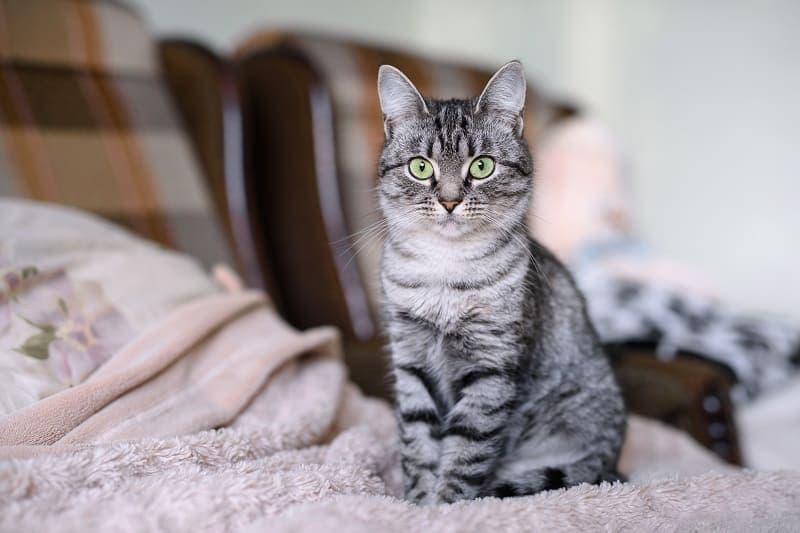
Short-haired cats are the most common. Their fur does not grow beyond 1.5 inches, and they are low maintenance. They don’t require much grooming, plus they have lower furball distress. Also, there are far more breeds with short-haired cats than long-haired ones.
4. Hairless
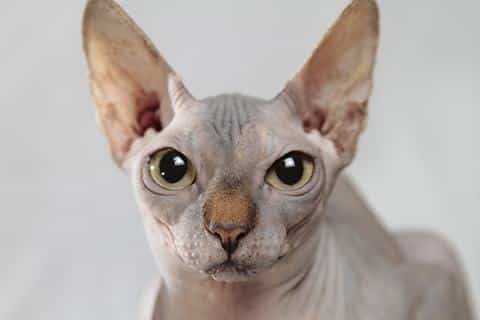
A hairless cat is not actually hairless. Instead, they are a very short-haired breed that has the equivalent of a short buzz cut on a man. The fur has a velvet feel, and it is very soft. On the other hand, they are very high maintenance. As there is no fur to soak up the natural oils from their skin, they need to be bathed often. They also require sweaters in the winter and shirts in the summer to protect from sunburn.
The 7 Cat Fur Patterns
Now that we have gone over the different types of fur, we can talk about what makes cats truly unique and individual; the different cat fur patterns and colors. Cat hair color grows in eight colors including black, white, red, brown, grey, cream, cinnamon, and fawn. Mixed, these colors create amazing patterns and beautiful shades.
1. Solid Coats
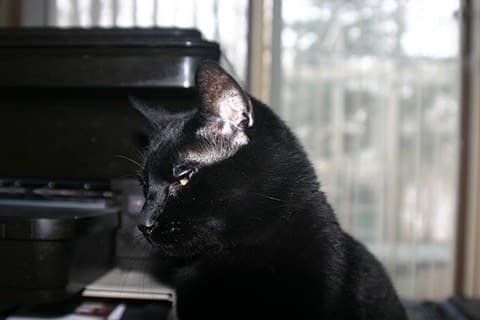
For a cat to have what is considered a “solid coat”, the fur cannot have any other color to the point of a couple of hairs. Due to that, solid fur coats are not that common.
2. Bi-Color Coats
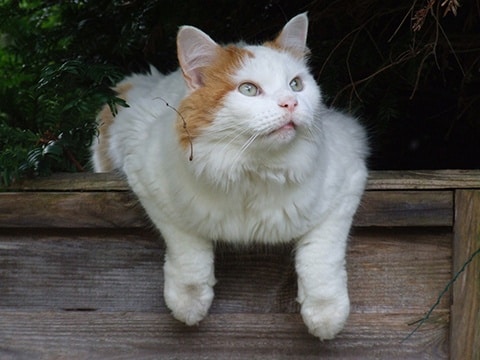
Bi-colored coats have a white base with another splash of color. Depending on what the secondary color is, and the position of it on the cat’s fur, the term bi-color can have many different names. For example, random spots are called “Magpies” while a colored head and back are called the “Cap and Saddle”.
3. Tabby Coat
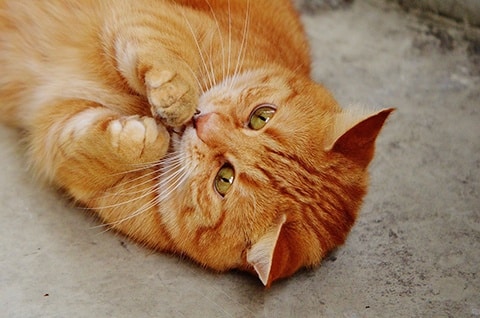
The Tabby is the most common type of fur especially within crossbred breeds of domestic cats. They are either stripped or marble, and there are four different variations including vertical stripes, dots, marble, and multicolored individual strands.
4. Calico Cat
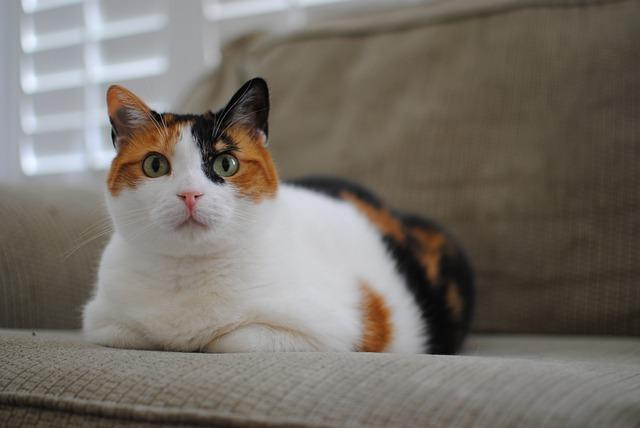
The Calico cat, also known as tri-colored fur, has patterns made up of red, black, and white. Many times, these colors can merge to make more dulled down versions that look like cream and cinnamon. This is also the second most popular fur type.
5. Tortoiseshell Coat
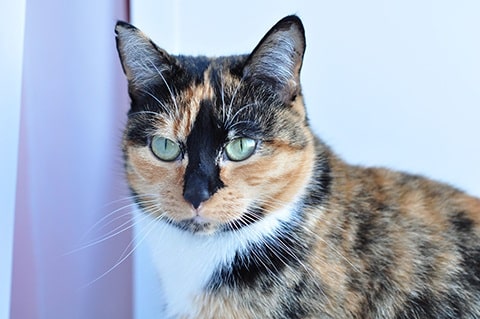
This fur coat is a mixture of red and black, but like the calico, the colors can be muted and blend to form greyish-blue and cream. They also usually have distinctive patterns that are easily recognizable.
6. Torbie Coat
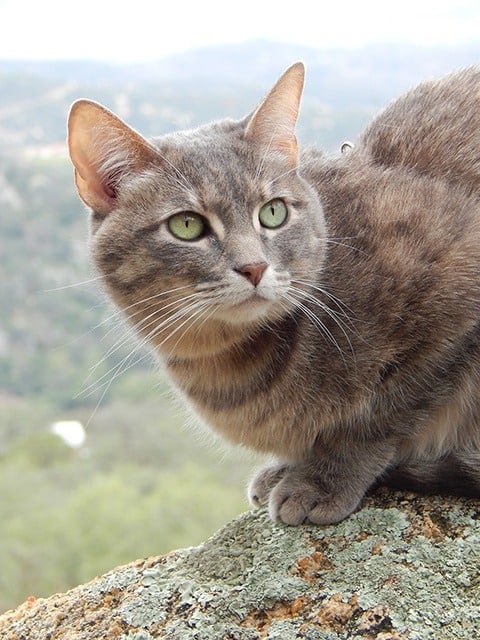
As the name sounds, this fur is a mixture of Tabby and Tortoiseshell cat hair, and it also has a distinctive pattern.
7. ColorPoint Coats
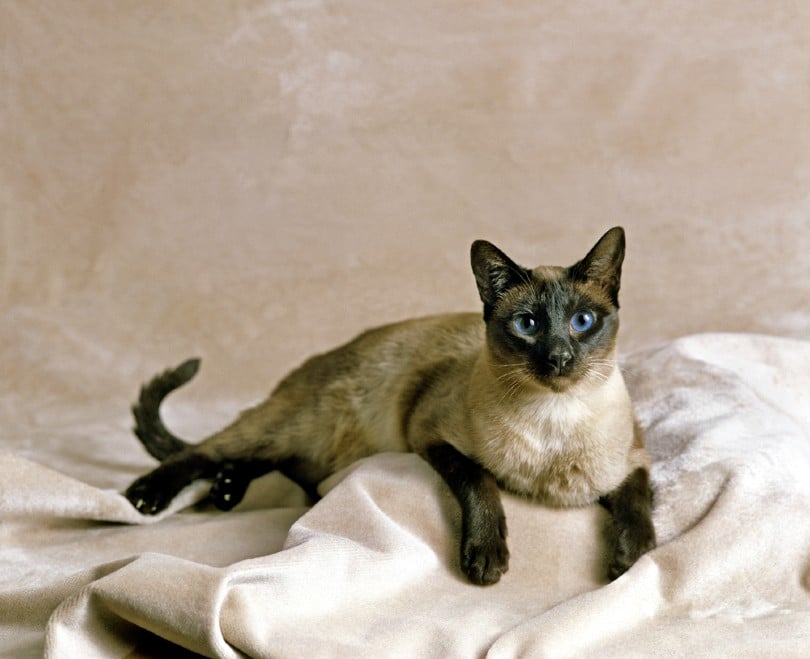
This is an interesting fur coat. It is one color but has a darker shade on the face, paws, tail, and ears. The hair is unique as research has shown that if a kitten with this type of fur is kept in a warm room consistently, they will not have the darker patches. It is not clear why this happens, though.
Conclusion
As patterns and colors can become more and more vibrant, there are endless patterns and varities of fur coats that adorn our fond felines. Not only are they soft and beautiful, but each one is unique and different in its own way. Like a snowflake, you will never see the exact same fur coat twice.
We hope you have enjoyed the information on the different types of coats, and what possible ankle biters that are available for you to love.
Related Read:
Featured Image Credit: xixicatphotos, Shutterstock

